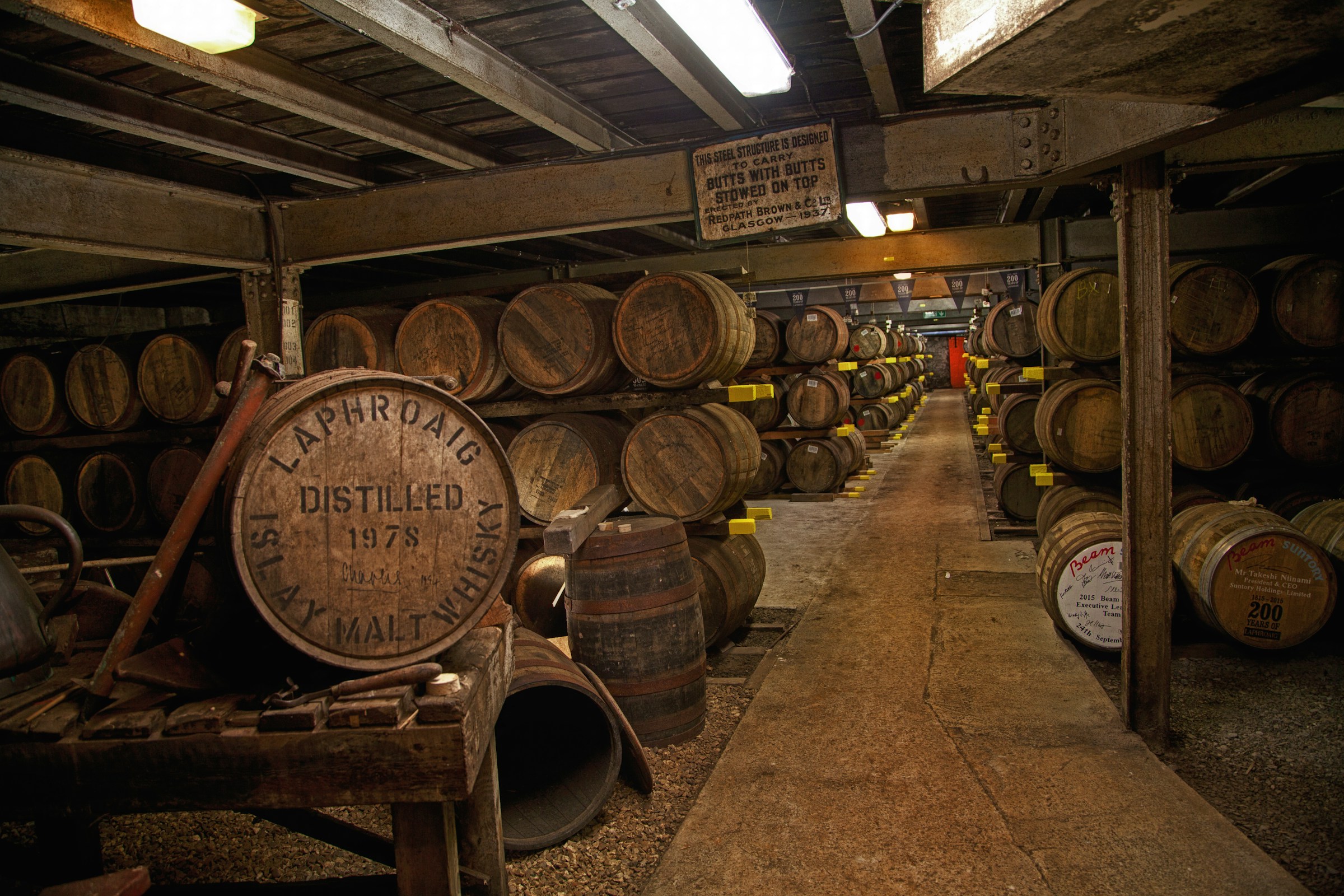Speyburn distillery profile
Founded in 1897 by John Hopkins & Company, the Speyburn distillery (or Speyburn-Glenlivet as it is sometimes referred to) is based in a glen on the northern edge of Rothes in the Speyside region of Scotland. Hopkins also owned the Tobermory distillery on the Isle of Mull, which they purchased in 1890. The location was handpicked by John Hopkins himself, to take advantage of the fresh clear water from the Granty Burn, a tributary to the River Spey. He employed the help of Charles Doig to design the distillery, and at the time it used some truly innovative features. Speyburn was, for instance, the first Scottish distillery to be equipped with drum maltings (a mechanical method to turn malt, that also used up a lot less space than the traditional matling floor). Although these no longer are in use (their use was discontinued in 1967), they are still present in the distillery, as the last remaining example of drum germination tuns in Scotland.
The year 1897 was the same year that Queen Victoria would celebrate her Diamond Jubilee, and the intention was to distill within that year in order to have casks with the year on it. The original goal was to start distilling on November 1st 1897, but delays meant that it wasn’t until December 15th that they managed to start, even though it meant they had to work without doors and windows in the still house. The first distillation took place in the midst of a violent blizzard, with the men working in thick wintercoats to keep them warm. However, the goal of producing at a single cask that could be marked as “Distilled in 1897” was met.
In 1916, John Hopkins & Co. was taken over by Distillers Company Ltd. The distillery was closed between 1939 and 1947, while World War 2 raged. In 1962, the stills were converted from coal-firing to use indirect steam-heating instead. In the same year, the company liquidated, and the distillery was transferred to Scottish Malt Distillers Ltd.
In 1992, Inver House Distillers Ltd purchased the distillery. In 2001, they, themselves were taken over by Pacific Spirits, who in turn were purchased by International Beverage Holdings. In 2008, the traditional raked mash tun was replaced with a Stainless steel version.
Should you have trouble finding the distillery, you can always ask the locals for “The Gibbet”, which hints at the nearby “Cnock na Croiche” (or “Hill of the Gibbet”, where a gibbet is an old word for gallows).
Speyburn whisky
Speyburn uses traditional worm-tubs; copper tubes 100 meters long, that cool down the distilled spirit vapours in order for it to condense back into liquid. The worm-tubs contribute to the rich and round aroma of the whisky.
The core range consists of:
- Bradan Orach; A non-age statement whisky. The name is Gaelic for “Golden salmon”. Matured in ex-Bourbon casks
- 10 Year Old
- 25 Year Old; Matured in American white oak Fino Sherry and Bourbon casks
Distillery info:
| Name | Speyburn |
| Region | Speyside |
| Logo |  |
| Status | Active |
| Founded | 1897 |
| Water source | Granty Burn |
| Owned by | Inver House Distillers |
| Address |
Speyburn Distillery +44 (0) 1340 831213 |
| Visitor centre | No |
| Website | http://www.speyburn.com/ |
| https://twitter.com/Speyburn_Whisky | |
| http://www.facebook.com/SpeyburnWhisky | |
| Community | Clan Speyburn |
| Map |
Distillery Setup:
Component |
Capacity |
Quantity |
|---|---|---|
| Mash tun | 5.75 tonnes | 1 (Stainless Steel, Semi-Lauter) |
| Washback | 25,000 litres | 6 (Douglas Fir) |
| Wash still | 17,300 litres | 1 |
| Spirit Still | 12,500 litres | 1 |
| Expected yearly output in LPA (Litres of pure alcohol) | 2,000,000 |
